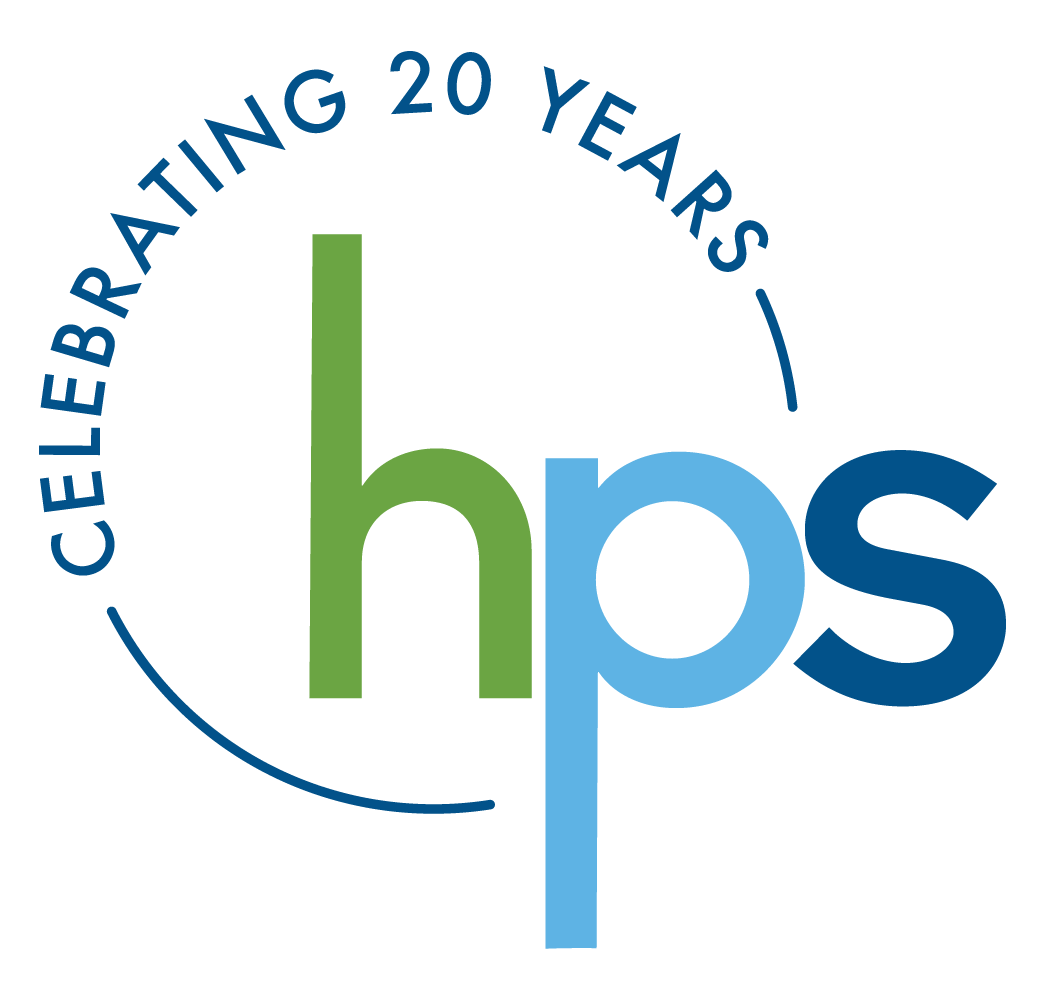Paycheck Protection Program Flexibility Act Brings Added Relief to Small Businesses
Paycheck Protection Program Flexibility Act Brings Added Relief to Small Businesses
In the wake of COVID-19’s harmful economic impact on several individuals and businesses, the federal government passed the Coronavirus Aid, Relief, and Economic Security (CARES) Act.1 This legislation created, among other economic boosts, the Paycheck Protection Program (PPP), a $349 billion loan program made available through the Small Business Administration (SBA). Under the PPP, small businesses (500 or fewer employees) could apply for loans up to $10 million to cover payroll, rent, utilities and other various expenses on very favorable terms, including loan forgiveness and interest rates not to exceed 0.5%. Recent legislation modifying the PPP has made these loans even more helpful to businesses struggling through the COVID-19 pandemic.
Under the original rules of the CARES Act and PPP, loan recipients had to spend loan proceeds within eight weeks from the date they received their first loan installment. These guidelines mandated that 75% of the proceeds had to be spent on payroll costs2 in order to ensure the full amount of a loan could be forgiven, while the remaining 25% could be spent on rent, utilities, and other costs. In addition, employers must have rehired any employee laid off between February 15, 2020 and April 26, 2020 by June 30, 2020 in order to ensure full PPP loan forgiveness. Borrowers were required to begin paying back loans that did not qualify for forgiveness six months from the date of loan disbursement. Payroll taxes were deferred under the PPP until a borrower received loan forgiveness.
In response to concerns from small business owners that the PPP did not provide enough spending and rehiring flexibility due to quarantining’s prolonged economic impact, the PPP Flexibility Act3 was signed into law earlier this month. This Act has brought significant change to the PPP guidelines by loosening the above restrictions to the benefit of small businesses in the following ways:
The covered period for which small businesses would be able to spend loan proceeds has been extended from within 8 weeks of disbursement to 24 weeks (not to extend past December 31, 2020). Given that different businesses are reopening at different times, this extended covered period allows flexibility for different businesses to spend whenever the timing is right instead of within a narrower window.4
Borrowers may now spend up to 40% of loan proceeds on nonpayroll expenses and still be eligible for full loan forgiveness. Moreover, even if a borrower spends less than 60% of proceeds on payroll expenses, that borrower is still eligible for partial, prorated forgiveness. Many employees have been unable to return to work due to individual health circumstances, compliance with government orders, and/or employer compliance with reduced capacity in the workplace. Businesses can now spend more loan proceeds on rent and utilities at a time where they may not have been able to spend 75% of funds on payroll expenses.
The date for borrowers to rehire full time employees laid off between February 15, 2020 and April 26, 2020 is extended from June 30, 2020 to December 31, 2020. Additionally, the loan forgiveness amount will no longer be decreased due to a reduction in the number of full-time equivalent (FTE) employees from February 15, 2020 through December 31, 2020 if the borrower can prove that (a) it was unable to rehire individuals employed on February 15 and hire qualified replacements by December 31; or (b) that the business’s operation levels prior to February 15 could not be restored due to government restrictions in place before December 31. These changes serve as additional benefit to those businesses not able to fully reopen or rehire as quickly as others.
Instead of payroll taxes becoming immediately due upon receipt of loan forgiveness, the PPP Flexibility Act defers payroll tax until December 31, 2020.
The maturity date for loans made after June 5, 2020 is extended from two years to five years, and the maturity date for loans made before June 5, 2020 can also be extended if borrower and lender reach a mutual agreement.
Whereas the original guidelines under the CARES Act required a six-month deferral of payments on PPP principal, interest, and fees, the PPP Flexibility Act provides for deferral of all payment on principal, interest and fees until a borrower’s forgiveness application has been processed. The PPP Flexibility Act allows for a borrower to have ten months from the conclusion of the covered period to apply for loan forgiveness.
There are notable provisions from the CARES Act and PPP which were not changed by the PPP Flexibility Act. Small business applicants still only have until June 30, 2020 to apply for a PPP loan. The maximum loan amount that can be borrowed remains 2.5x the borrower’s average monthly payroll cost (up to $10 million).
These changes under the PPP Flexibility Act provide significant relief to small businesses. The Act permits flexibility in how and when borrowers spend on both payroll and nonpayroll expenses and affords additional time for employers to rehire workers in order to both adhere to pandemic restrictions and make it easier on borrowers to qualify for full loan forgiveness.
1. Coronavirus Aid, Relief, and Economic Security Act, S. 3548, 116th Cong. (2020), https://www.congress.gov/116/bills/s3548/BILLS-116s3548is.pdf.
2. Payroll costs include salary, wages, commissions, or tips (capped at $100,000 on an annualized basis for each employee); employee benefits including costs for vacation, parental, family, medical, or sick leave; allowance for separation or dismissal; payments required for provisions of group health care benefits including insurance premiums; payment of retirement benefits; and state and local taxes assessed on compensation. Paycheck Protection Program (PPP) Information Sheet: Borrowers, U.S. DEPARTMENT OF THE TREASURY, https://home.treasury.gov/system/files/136/PPP--Fact-Sheet.pdf (last visited June 25, 2020).
3. Paycheck Protection Program Flexibility Act of 2020, H.R. 7010, 116th Cong. (2020), https://www.congress.gov/116/bills/hr7010/BILLS-116hr7010eh.pdf.
4. Borrowers with loans disbursed prior to the date the PPP Flexibility Act was signed into law (June 5, 2020) can elect for an eight-week coverage period.


